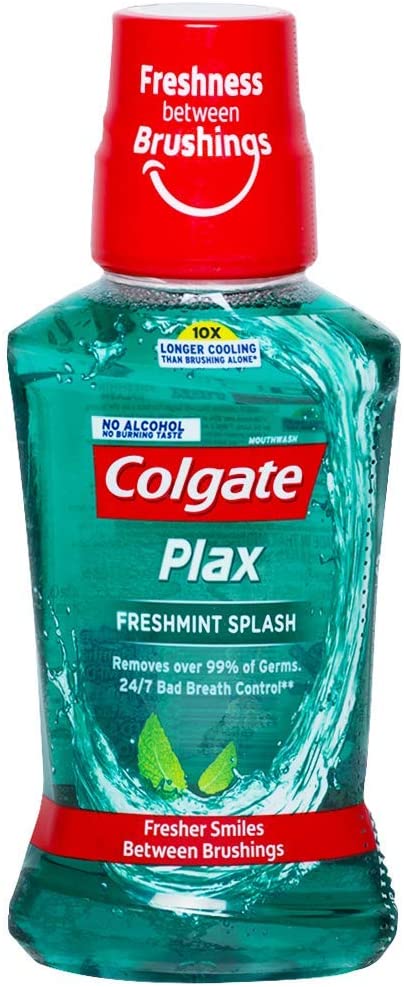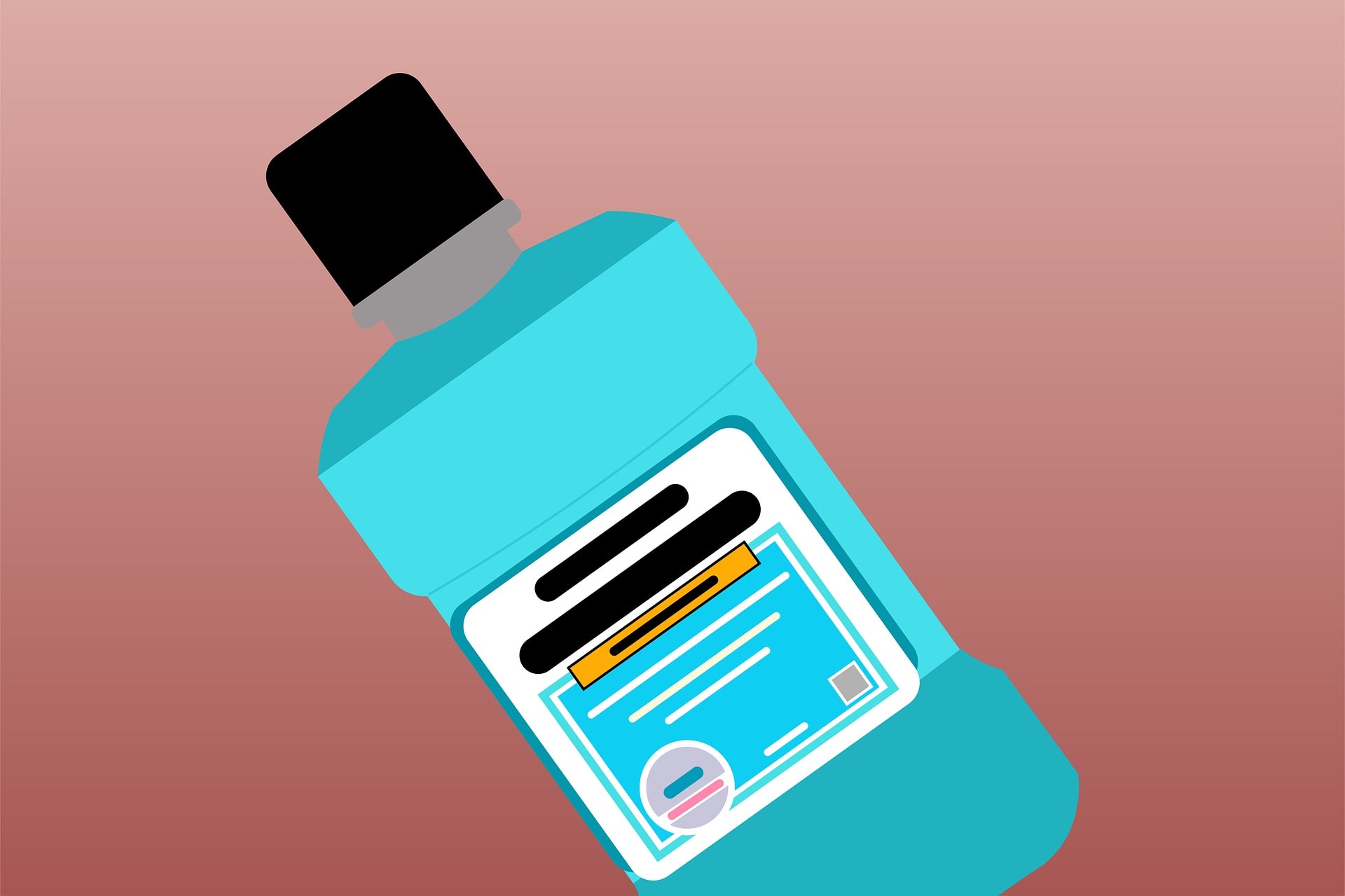Mouth Wash is an aqueous solution with a pleasant taste to clean, and deodorize the buccal cavity. Mouthwashes have refreshing, antiseptic, and antibacterial activity and prevent Halitosis.
They may also contain alcohol, glycerine, synthetic sweeteners, surfactants, flavoring, and coloring agents. They may be either acidic or basic in their reaction and in some instances
are fairly effective in reducing bacterial concentration and odors in the mouth for short periods of time.
For example, Compound, sodium chloride mouthwashes, Zinc chloride mouth washes, and Fluoride mouth wash.
Storage:
Keep in a cool and dry place, Dispense in clear, fluted bottles.
Labeling:
FOR EXTERNAL USE ONLY
Not to be swallowed in a large amount
Pack in narrow mouth bottle
Formula:
Rx
Zinc sulfate and zinc chloride mouth wash B.P.C.
Zinc sulfate – 20 g
Zinc chloride – 10 g
Dilute hydrochloride acid – 10 ml
Compound tartrazine solution – 10 ml
Chloroform water to produce – 1000 ml
The preparation may be made by dissolving Zinc sulfate and Zinc chloride in a small quantity of Chloroform solution. To this is added dilute hydrochloric acid and compound tartrazine solution and the final volume is made up of water.

Zinc sulfate and Zinc chloride included in the preparation acts as astringents. Chloroform water acts as the flavoring agent and preservative while tartrazine serves as the color. Zinc sulfate usually contains a small quantity of oxychloride which may make the solution turbid. This however disappears with the addition of dilute hydrochloric acid.
Make sure you also check our other amazing Article on : Gargle
